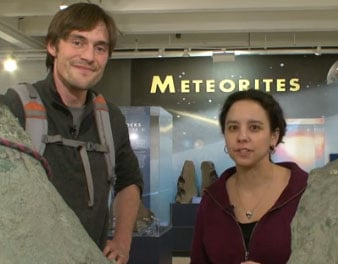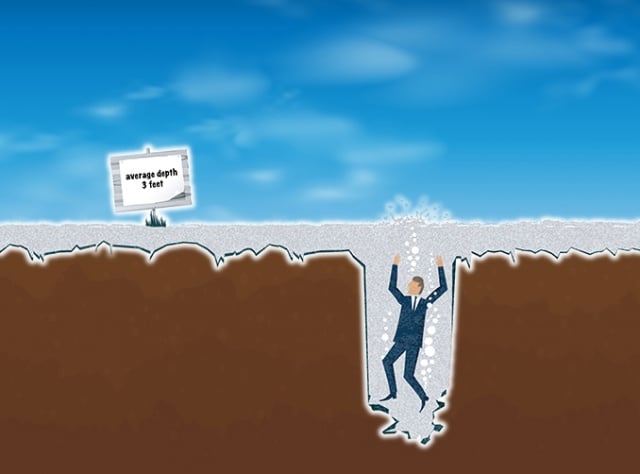About This Lesson
The Earth is 4.6 billion years old. That’s a hard number to conceptualize. What does 4.6 billion look like, and what happened during all those hundreds of millions of years between the formation of our planet and now? This BLOSSOMS lesson will help students conceptualize the enormity of geologic time and learn about important events in Earth’s history. Students will also learn how geologic time can help explain seemingly incomprehensible processes, like the formation of the Himalayan Mountains from a flat plain to their current height, and the evolution of a tiny group of reptiles into enormous dinosaurs. The lesson will take approximately 45 minutes. Students should have a basic understanding of biology and a familiarity with geology is helpful but not necessary. The supplies required include a measuring tape that is at least 5 meters long, a 5 meter long piece of string, ribbon, or rope, index cards or other stiff pieces of paper, and calculators. During the breaks, students will construct a geologic timeline of their own in the classroom and do simple calculations to determine how long amounts of time can lead to impressive changes in the height of the Himalayan Mountains and the size of a group of reptiles.
[Correction: There is an incorrect statement in this video lesson that the pyramids were built 2.500 years ago. They were built in 2.500. B.C.]
For more information, visit: https://blossoms.mit.edu/videos/lessons/geologic_time_ticking_our_plane…
















